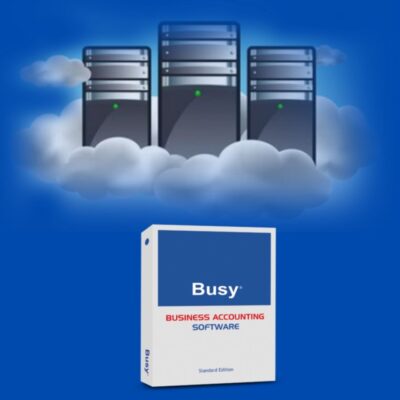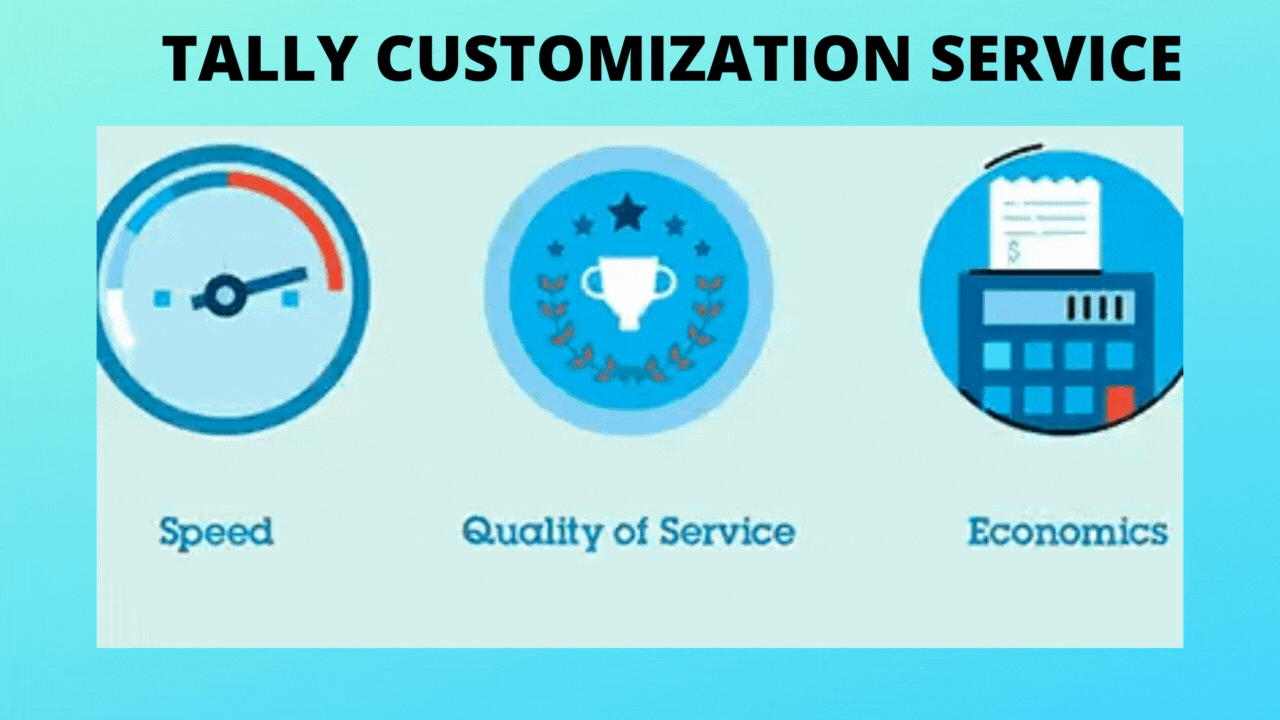Tally Solutions
Difference between Old Vs New GST Return System
Difference between Old Vs New GST Return System
- Introduction
- Old return filing system: Overview
- New return filing system: Overview
- Comparison: Old return Vs new return
Introduction
The Indian government aimed at introducing GST to streamline the taxation policies even further. Under the GST scheme, businesses followed the rule of ‘One Nation, One Tax’ which helped several taxpayers stay compliant seamlessly. However, several entrepreneurs found GST a bit complicated with numerous forms which are to be filed. Thus, to make the taxation system more simplified, the government announced the launch of GST 2.0 aka New Return Filing. The objective of the New Simplified GST Returns is to completely knock off the tax evasion pan India so that the transparency and equality can be attained under the indirect tax mechanism. Difference between Old Vs New GST Return System
Let’s look at how different GST 2.0 is from the old return filing mechanism and how it will benefit the taxpayers. Difference between Old Vs New GST Return System
Old return filing system: An overview
For reporting outward supplies and declaring tax liability GSTR-1 return should be filed. Input Tax Credit (ITC) on imports has to be claimed in GSTR-3B under eligible ITC.
If the taxpayer’s annual turnover is more than Rs 1.5 crore, he/she has to file monthly GSTR-1 or the taxpayer can file a quarterly GSTR-1. This return includes/developers on a bill of entry
|
S. No. |
Particulars |
|
1 |
Supplies made to registered persons other than reverse charge mechanism (RCM) supplies and supplies through e-commerce operator |
|
2 |
Supplies made under reverse charge mechanism |
|
3 |
Supplies made through e-commerce operator |
|
4 |
Interstate supplies to unregistered persons where invoice value is more than Rs.2.5 lakh |
|
5 |
Zero rated supplies and deemed exports |
|
6 |
Nil rated, exempted and non-GST outward supplies |
|
7 |
Amendments to taxable outward supply |
|
8 |
Advances received/adjusted during the tax period |
|
9 |
HSN-wise summary of outward supplies |
|
10 |
Documents issued during the tax period |
Under the new return filing system
For reporting sales and declaring tax liability on the sales, GST ANX-1 should be filed. Imports are also to be reported in GST ANX-1 and ITC on imports will be auto-populated in GST RET-1.
Taxpayers are categorised into large taxpayer (whose annual turnover is more than Rs.5 crore) and the small taxpayer (whose annual turnover is up to Rs.5 crore), as per the GST 2.0. A large taxpayer has to file monthly GST ANX-1, whereas the small taxpayer can file his GST ANX-1 monthly or quarterly at his option.
This return includes
|
S. No. |
Particulars |
|
1 |
Supplies made to consumers and unregistered persons |
|
2 |
Supplies made to registered persons (Other than RCM supplies) |
|
3 |
Exports with/without payment of tax |
|
4 |
Supplies to SEZ units/developers with/ without payment of tax |
|
5 |
Deemed exports |
|
6 |
Inward supplies attracting reverse charge |
|
7 |
Import of goods/services |
|
8 |
Import of goods from SEZ units/developers on a bill of entry |
|
9 |
Missing invoices which are to be uploaded by recipients |
|
10 |
Details of the supplies made through e-commerce operators |
|
11 |
Amendments to various supplies |
Comparison – old vs new GST return system
The form GST ANX-1 under the new return system is similar to GSTR-1 under the old return system, apart from a few changes.
-
Reporting of supplies under RCM
In the current filing system, invoice details can be reported while filing GSTR 1 form but can be viewed afterwards in GSTR-2A. In the new filing system, you can view and file simultaneously for instant action.
-
HSN summary reporting
Under the old return system, the HSN code summary needs to be reported separately. But in the new return system, the supplier has to report the HSN codes at the invoice level (based on his turnover). In this way, the taxpayer will get the HSN data via his GST ANX-2 wherever the supplier was required to declare HSN. Difference between Old Vs New GST Return System
-
Reporting of imports
Under the old return filing system, ITC on imports alone has to be reported in GSTR-3B. However, under the new return filing system, the taxpayer has to report imports of goods and services in GST ANX-1. Difference between Old Vs New GST Return System
-
Tax payment
In the current system, while filing monthly return GSTR-3B, full tax liability must be paid for a tax period. In the new system, regardless of monthly or quarterly filing of GST returns, complete tax liability must be paid for a tax period in monthly PMT-08. Difference between Old Vs New GST Return System
-
Reporting of documents issued
Under the new return system, there is no requirement for reporting of documents (along with serial numbers) like invoices, debit/ credit notes, receipt/ payment/ refund vouchers,























